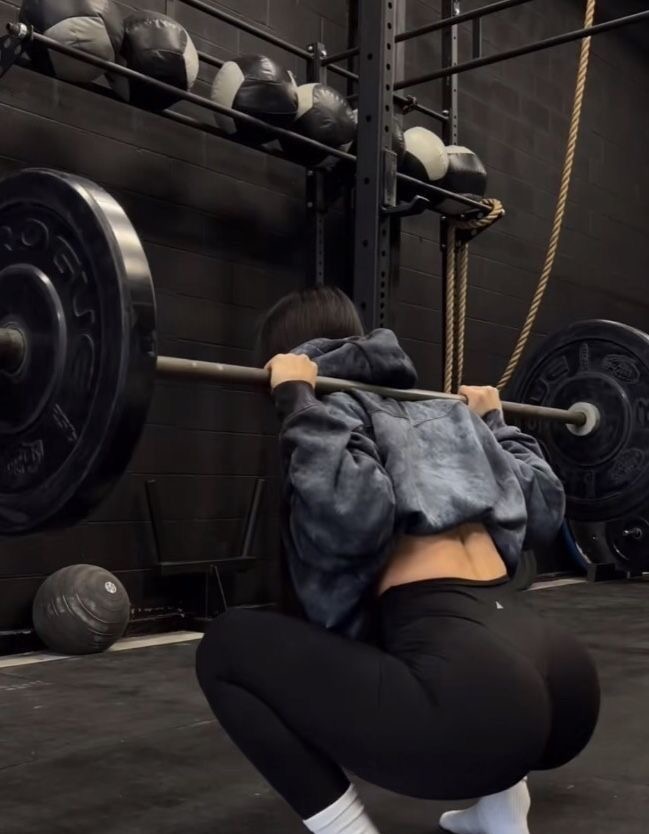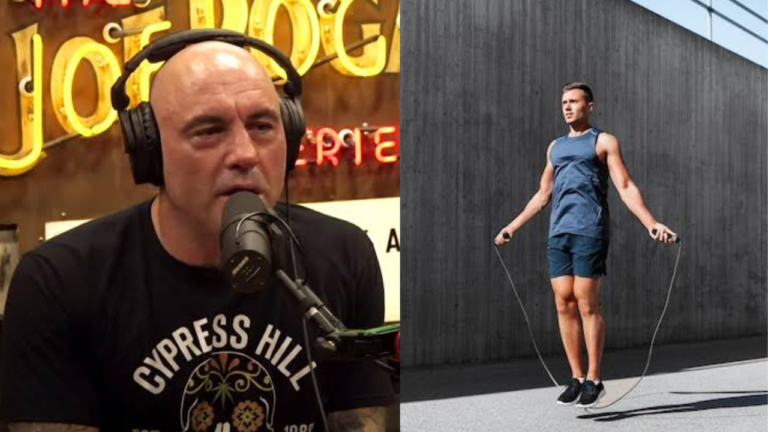Sorry! But You Don’t Need BARBELL PADS for squats

The truth about barbell pads is that they are not necessary for lifting. For decades, people have been performing squats without using pads, and I haven’t heard of anyone suffering permanent bone damage or serious injury from the bar touching their traps. As a trainer, I have answered all the common questions I receive about barbell pads in the article.
What is a Barbell Pad?
A barbell pad is a cushioned sleeve that wraps around the barbell, providing a layer of comfort and protection. It’s particularly popular for exercises like squats, lunges, and hip thrusts where the bar rests directly on your shoulders, neck, or hips. These pads are designed to reduce discomfort and distribute weight more evenly across your body.
Do I Need Barbell Pads for Squats?
If you came to me personally at my gym and asked the same question, I would say NO, YOU DON’T NEED BARBELL PADS FOR SQUATS, whether you’re a beginner or a girl. However, if it’s your personal choice, you can use them. A barbell won’t cause bone injury, but many beginners feel discomfort when the barbell rests directly on their upper back and shoulders, which is normal as your body adjusts. A squat pad can provide immediate relief by cushioning the area and distributing the weight more evenly across your shoulders. However, relying too heavily on a pad might prevent you from developing proper bar placement and muscle adaptation, which are crucial for maintaining balance and avoiding injuries.
Remember, “Growth begins at the end of your comfort zone.” The initial discomfort of squatting without a pad can build mental toughness and resilience. Over time, your body will adapt, making the discomfort manageable. If the pain is too intense or affects your form, use a squat pad to ease into the exercise, but try to reduce its use as you become more experienced. While barbell pads can be helpful, especially at the beginning, they’re not a necessity for everyone. Embracing and overcoming discomfort will help you develop both physical strength and mental fortitude.
When Should I Use a Barbell Pads for Squats?
1. Transition Phase:
It’s okay to use a barbell pad during the initial phase of your training to get accustomed to the weight and movements. As you build strength and confidence, you can gradually reduce your dependence on the pad.
2. Specific Exercises:
For certain exercises like hip thrusts and squats where the bar rests directly on sensitive areas, using a barbell pad can make the exercise more comfortable.
3. Gradual Reduction:
Encourage yourself to gradually reduce the use of the barbell pad as you become more comfortable and experienced. This approach allows your body to adapt naturally to the weight and build the necessary strength and resilience.
Alternatives to Using Barbell Pads For Squats
1. Proper Form and Technique:
Learning proper form and technique is crucial to minimize discomfort and prevent injuries. Investing time in mastering these aspects will pay off in the long run.
2. Strengthening Support Muscles:
Incorporate exercises that strengthen the muscles around your neck and shoulders. This will help your body better support the barbell without relying on a pad.
3. Using Towels or Clothing:
If you’re not ready to invest in a barbell pad, a rolled-up towel or thick clothing can serve as a temporary alternative to provide some cushioning.
My Personal Advice for the beginner’s.
Most experts recommend that beginners use barbell pads when starting exercises like hip thrusts and squats and then gradually phase them out as they get stronger. I have mixed feelings about this approach because, as a beginner lifter, I never used them. I didn’t do hip thrusts as a beginner, and for squats, the weight on the bar was not heavy enough to necessitate pads. I never even considered using them.
I suggest the same to you. The only exercise where I recommend using a pad is hip thrusts. We shouldn’t seek comfort in every aspect of lifting. If you rely too much on comfort, the lifting journey will be challenging for you.
Conclusion
In summary, using a barbell pad can offer significant benefits for beginners, including increased comfort, injury prevention, and improved focus. However, it’s important to be mindful of the potential drawbacks and ensure that you’re not relying too heavily on the pad. For exercises like hip thrusts, where the barbell can bruise or damage your skin, a barbell pad is highly recommended.
For squats, if you experience significant discomfort, then consider using a pad. Otherwise, it’s often unnecessary, as the initial discomfort is a part of the process. Remember, “Growth begins at the end of your comfort zone.” By gradually reducing your use of the pad and focusing on proper form and technique, you can enjoy a safer and more effective weightlifting journey.
If you are an advanced lift, you can also check out my article article on science behind Barbell pad.





3 Comments